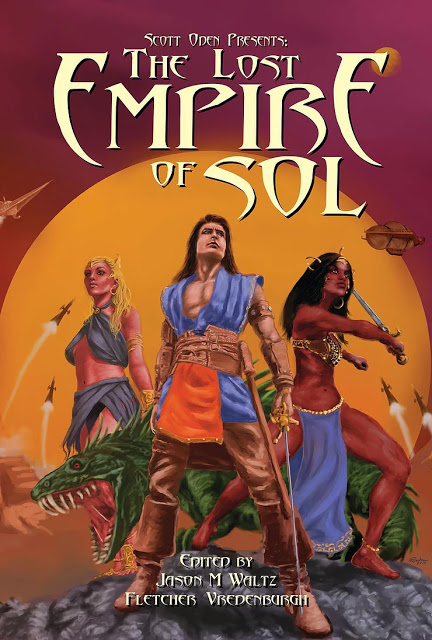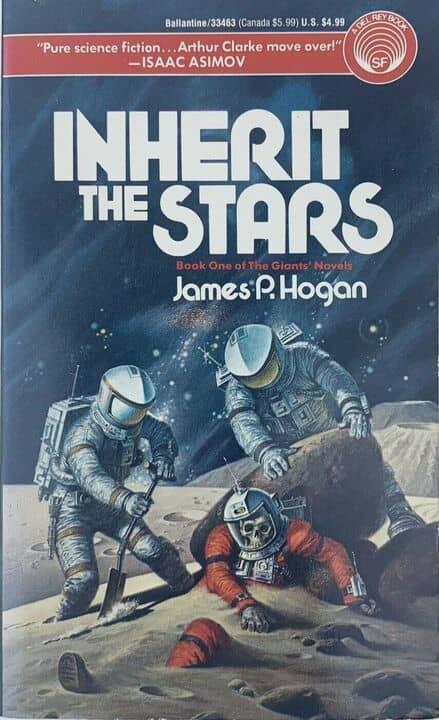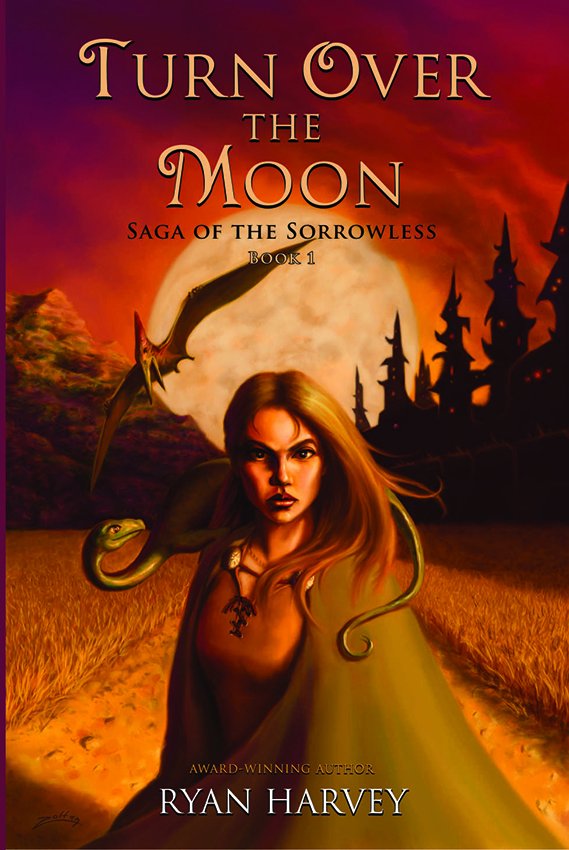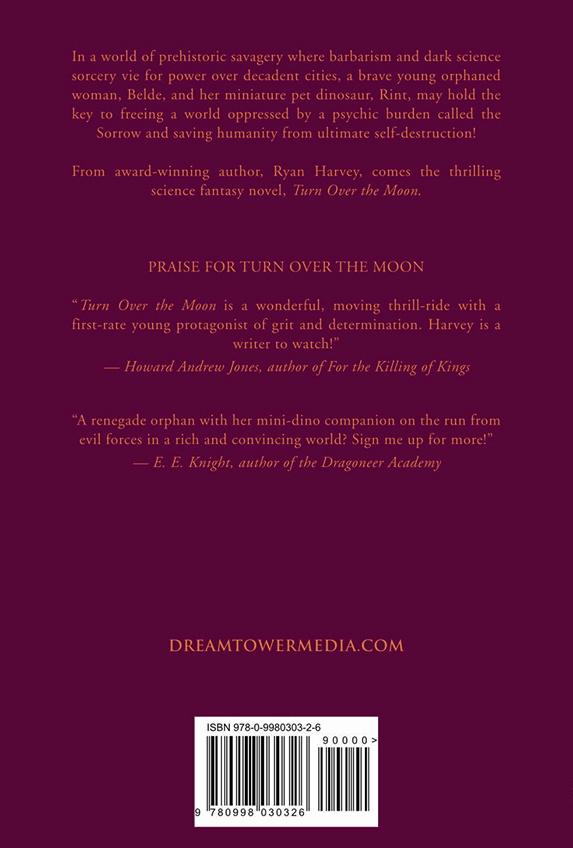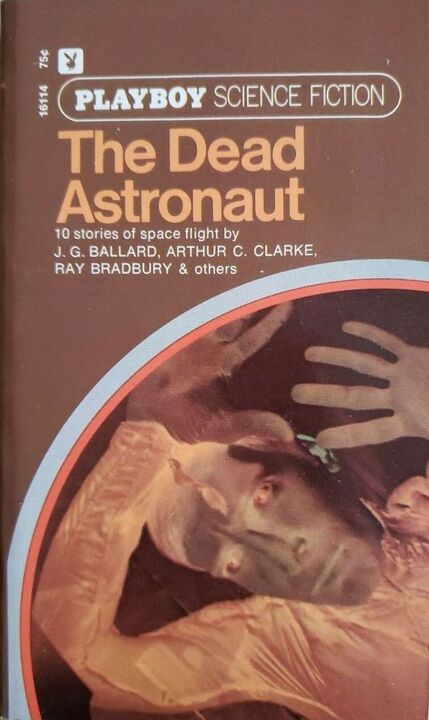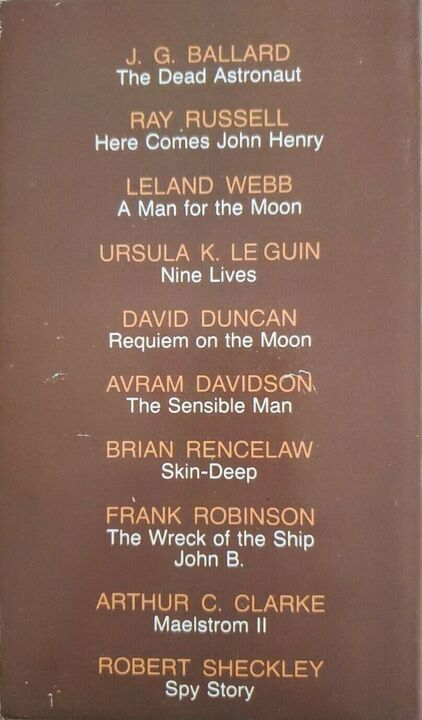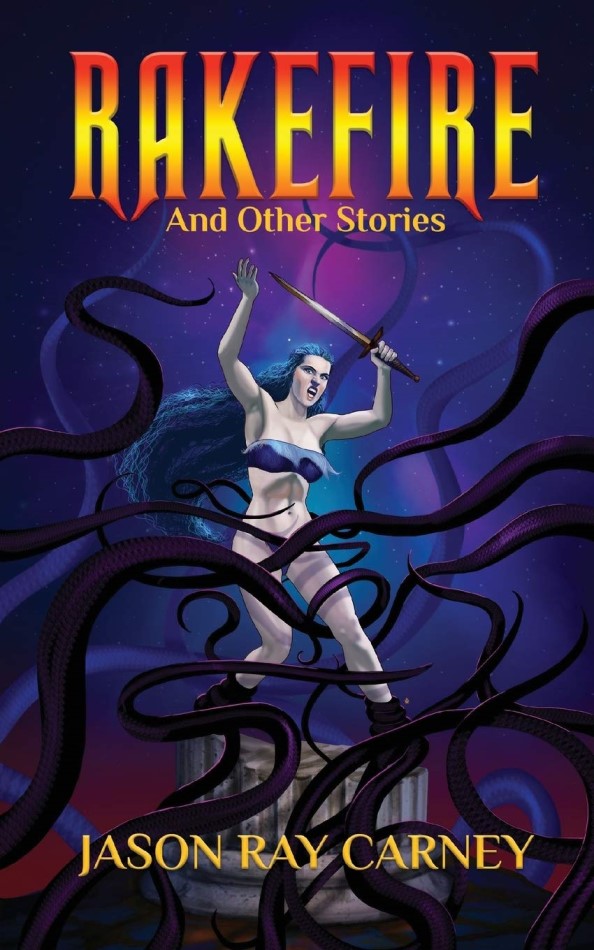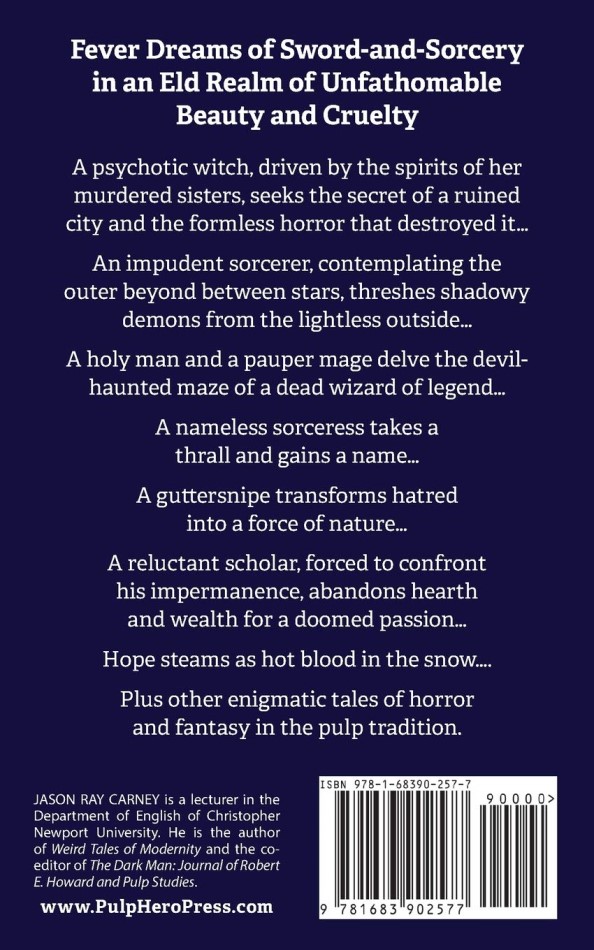Panic at the Inferno: MYSTICS IN HELL, published by Perseid Press
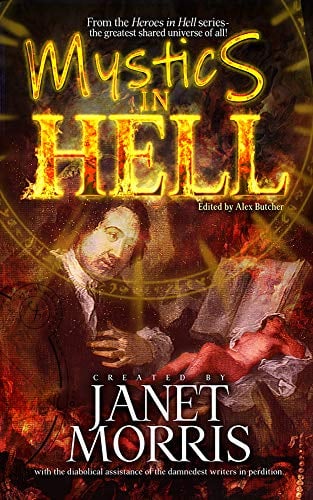
Book design, A.L. Butcher. Cover design, A.L. Butcher and Roy Mauritsen. Edited by, Janet Morris and A.L. Butcher. Cover painting: Portrait of Sir Francis Dashwood, 11th Baron le Despenser, by William Hogarth, 1764. Oil on canvas. Mystics in Hell cover image, copyright © Perseid Press, 2021
“It’s just because I have picked a little about mystics that I have no use for mystagogues. Real mystics don’t hide mysteries, they reveal them. They set a thing up in broad daylight, and when you’ve seen it it’s still a mystery. But the mystagogues hide a thing in darkness and secrecy, and when you find it, it’s a platitude.” ― G. K. Chesterton
After a few unforeseen delays, Mystics in Hell has finally arrived. This is the latest edition in the long-running, shared-universe series, Heroes in Hell™. The gathering of real people from across our historical timeline, and the casting of fictional characters born of myth and legend, folklore and literature, is what makes this such a unique and fun series. Now, for those of you unfamiliar with the series or for those readers who may wish to be brought up to date, once again I’ll do my best to recap what’s been happening in our favorite Afterlife.
Mystics in Hell follows on the hot hooves of Lovers in Hell and the two volumes preceding it. The plagues which first manifested themselves in Doctors in Hell are evolving and mutating. In Pirates in Hell, disastrous floods swept through Hell, leaving behind wrack and ruin, and new islands and coastlines. The damned sought the help of pirates and other seafarers, seeking refuge and passage, hoping to escape to dry land and whatever safe harbor they could find. But there is no such thing as a safe harbor in Hell, and there is no escape.
…